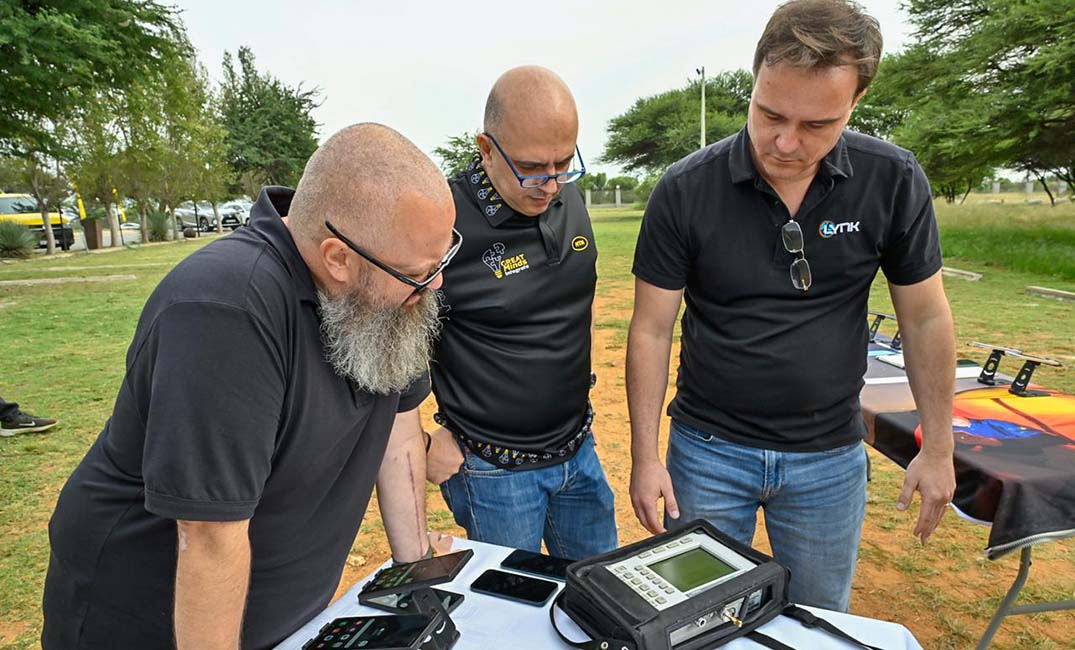As part of our work to ensure that everyone is able to enjoy the benefits of a modern connected life,
MTN South Africa and low-earth orbit (LEO) satellite provider Lynk Global yesterday (27 March 2025) carried out a successful technical trial of what it believes to be Africa’s first satellite-to-mobile device phone call in the sparsely populated North West province.
“The call in Vryburg enables MTN and Lynk Global to test voice call quality and SMS capabilities over a LEO satellite connection. The technical trial was part of our work to find potential solutions to the challenges of providing coverage in underserviced, rural and remote areas,” says MTN South Africa CEO Charles Molapisi.
“The implications of potentially leveraging satellite partnerships will not only help MTN achieve its goal of 99% broadband population coverage, but most importantly benefit all South Africans.”
LEO satellites typically orbit Earth at altitudes of 160km and 2 000km, meaning that orbital periods are between 90 minutes and a few hours. This is suitable for applications that need rapid data communication or frequent re-visits of specific areas. The technology is device-agnostic, ensuring compatibility with existing mobile units and requiring no special modifications.
The lower altitude contributes to lower signal travel times, resulting in lower latency. This is crucial for real-time communication, video conferencing and online gaming. Increased use of satellite technology means that the cost of launching a 1kg payload into space has reduced from around $85 000 per kg in the 1980s to about $1 000 today.
Dan Dooley, chief commercial officer of Lynk Global, says direct satellite-to-phone contact offers several potential benefits, including enabling the development of mass notification capabilities for critical alerts such as weather warnings, health advisories and humanitarian updates.
Vryburg, an agricultural town home to about 21 000 people, became the site for the trial following ICASA’s approval of the use of radio frequencies on MTN-licensed IMT spectrum for the duration of the trial.

